Where Do Our Winter Waders Go? – Part 1
Montrose Basin is one of the most important sites for migratory waders on the Scottish east coast. Every autumn, thousands upon thousands of birds either pass through or stop to wait out the worst of the cold winter weather. Then, come spring, most disappear, returning to their breeding grounds. But where do they go?
Mostly, they are returning to lands far to the north. But not all!
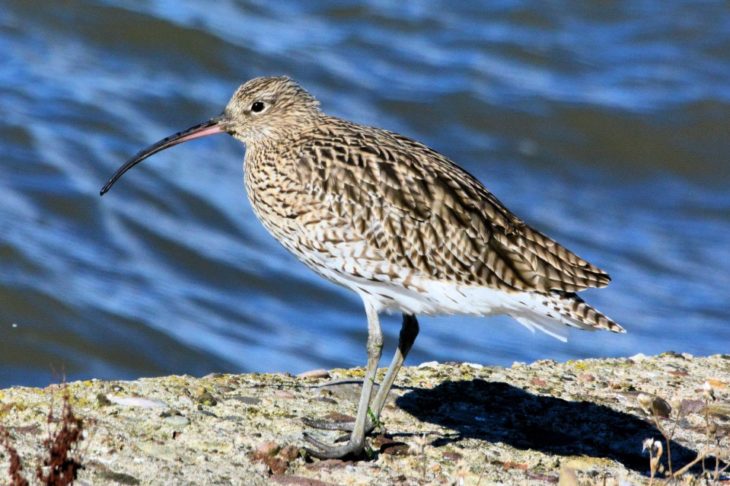
Confusingly, some species remain here all year, with movements occurring locally. Curlew are found across southern Europe, Asia and Africa in winter and move north during the summer to breed. But, they are found in the British Isles all year, living in milder habitats in winter and returning to heathlands to breed in the summer. Most of our birds remain in north-east Scotland, moving to the Glens. In the winter, European birds from the north and east join them. Individuals from northern Scotland can go as far as Finland to breed. Curlews are beginning to return to Montrose Basin and are easily seen dipping about along the mud when the tide is out.
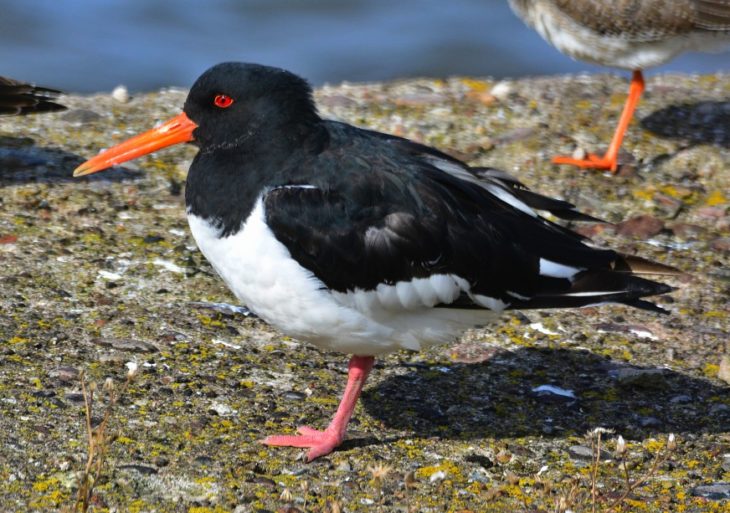
European Oystercatchers breed mostly across northern Europe, but can be resident all year in the UK. Most of our European migrants return to Norway during the summer. Our native birds breed along the coasts and on agricultural ground. They are commonly seen nesting in urban areas and farmland, as they require open flat ground to raise their young.
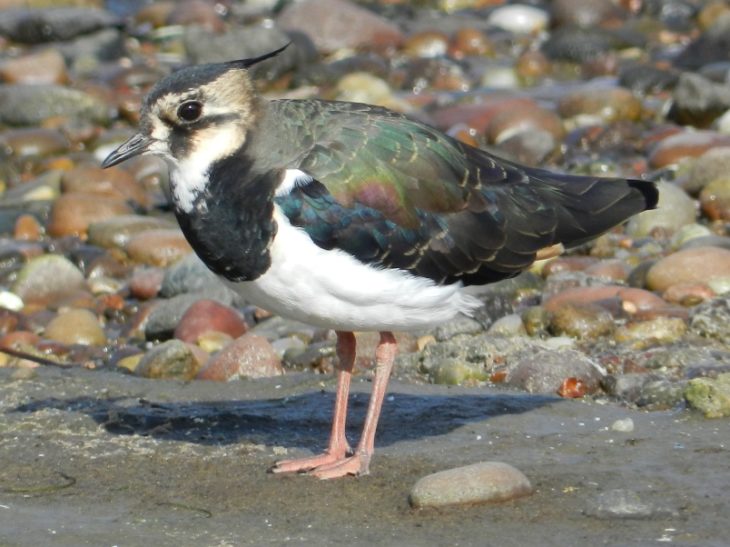
During the winter, over 650,000 Lapwings are found in Britain. These migrants return to northern and eastern Europe to breed from March. This drops our Lapwing number down to only 280,000. In winter, our native birds will shelter in estuaries and coastal regions, returning to farmlands and heathland in the summer. A few have recently returned to the shores in front of the Visitor Centre.

Black-tailed Godwits have two subspecies which visit Britain. In winter, it is mostly the Icelandic Godwits that stay in our estuaries – 44,000 birds! These then return to Iceland come spring, to breed in their wetlands, agricultural fields and heathlands. However, some European individuals breed in Britain every year, before overwintering in southern Europe or Africa. Additionally, in spring and autumn, we are also home to 12,400 passage migrants, before they either head north to Iceland or Scandinavia, or south to Africa.
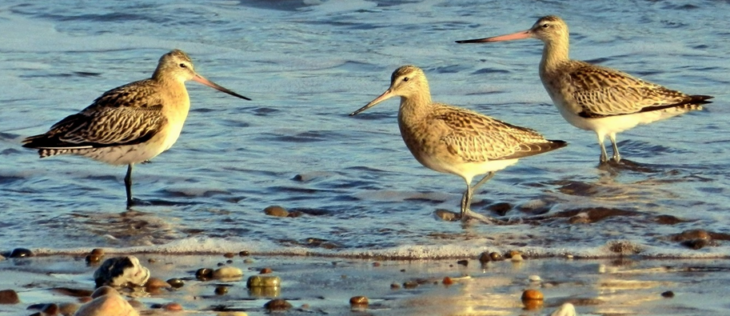
Bar-tailed Godwits have a wide range. 41,000 birds reside on British mudflats in the winter. They also travel across southern and coastal Europe, south Asia and northern Africa. Some even migrate as far as Australasia. In summer, our Bar-tailed Godwits travel north to Scandinavia. Other populations will return to northern Europe, Asia and Alaska, to breed in coastal tundra.
Many other waders spend the cold months on our mudflats and rocky shores here at Montrose Basin. Next time we will look at some of these other species.
The BTO is a great source for more information on our waders.
Stay tuned for part 2 next week! We’ll cover dunlin, knot, redshank, and greenshank.
– Sarah Woodfin, Visitor Centre Intern
Interested in improving your wader ID? We might have the perfect event for you…
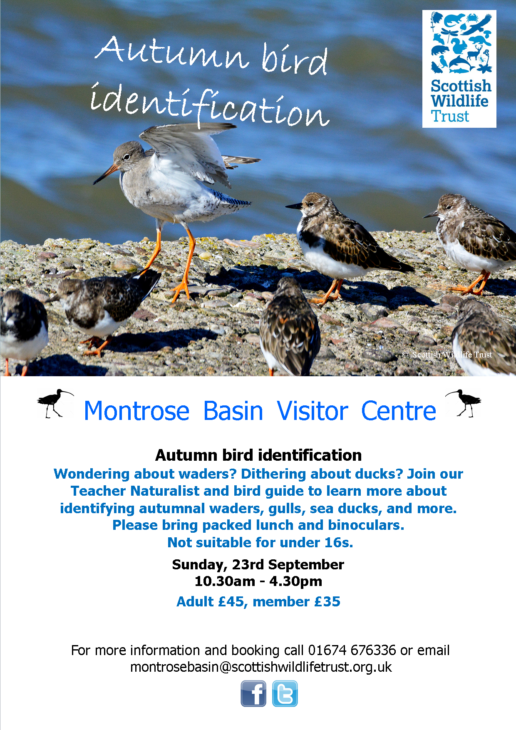
Help protect Scotland’s wildlife
Our work to save Scotland’s wildlife is made possible thanks to the generosity of our members and supporters.
Join today from just £3 a month to help protect the species you love.
Preface
Montrose Basin is one of the most important sites for migratory waders on the Scottish east coast. Every autumn, thousands upon thousands of birds either pass through or stop to …
